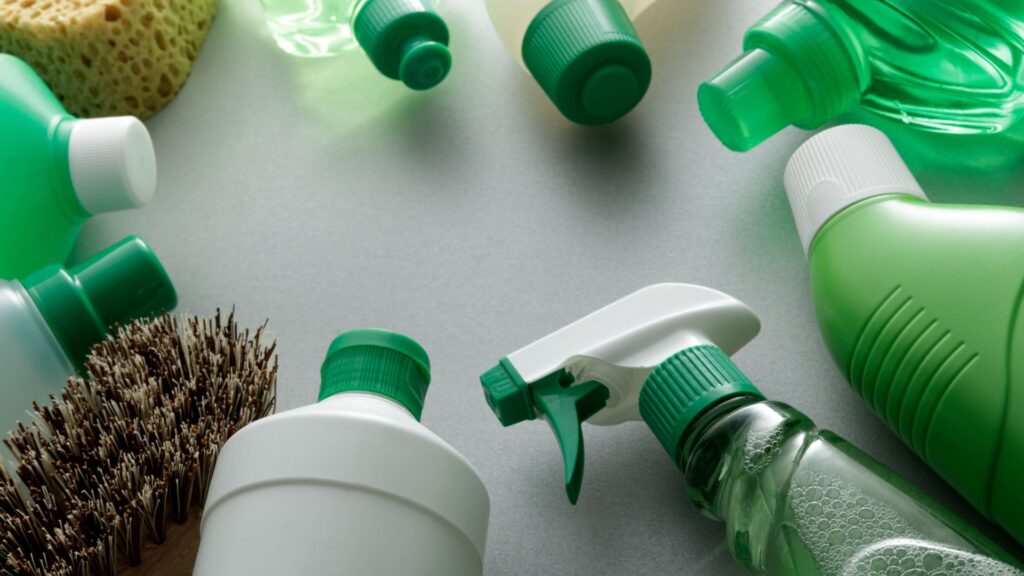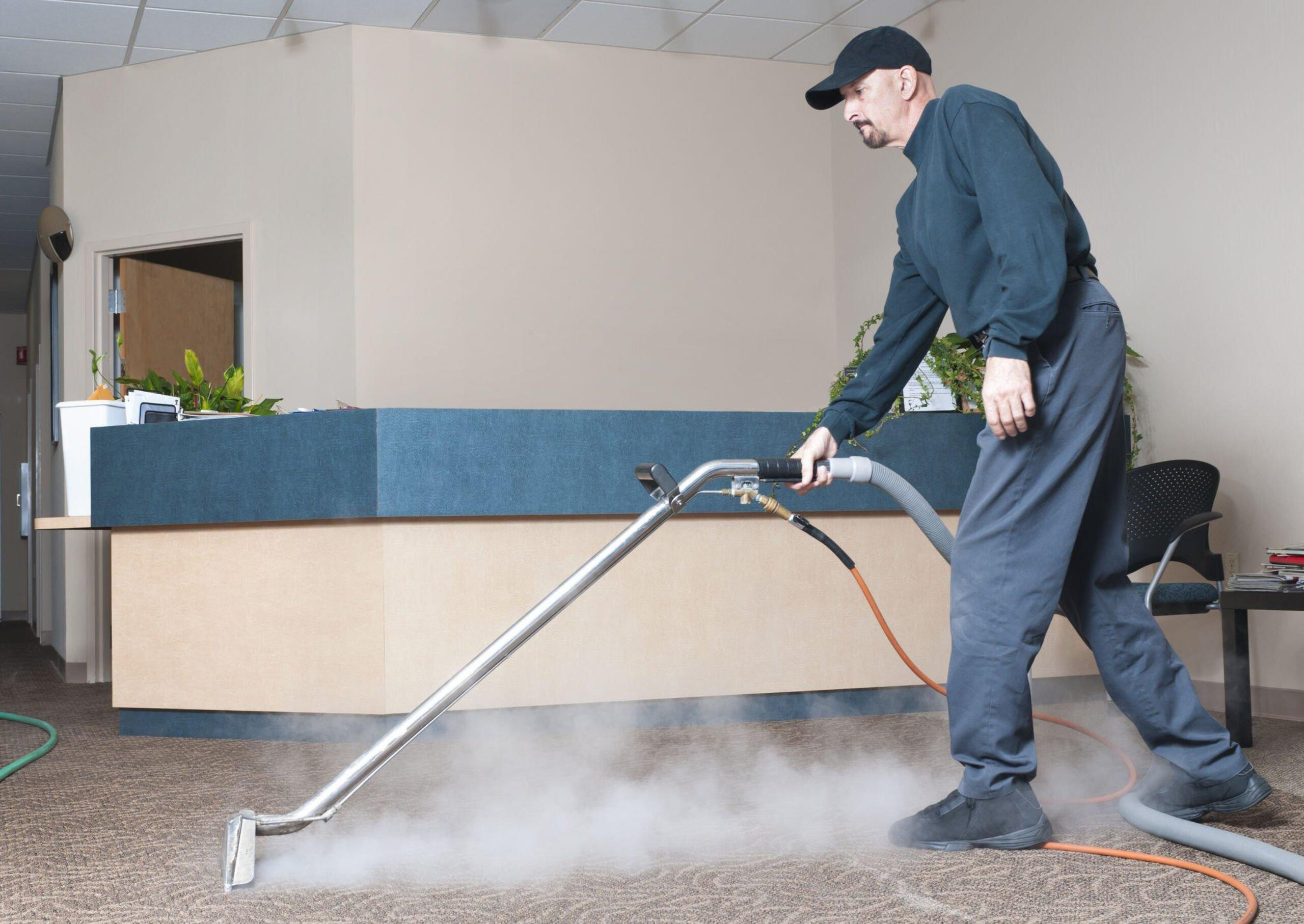
In recent years, there has been a growing concern over the use of harsh chemicals in commercial cleaning products. This has led to the rise of green cleaning, an eco-friendly approach to maintaining cleanliness in commercial spaces. Green cleaning has become increasingly popular due to its many benefits, including reducing exposure to harmful chemicals, improving indoor air quality, and promoting a healthier work environment. In this article, we will explore the role of green cleaning in commercial spaces.
Benefits of Green Cleaning
One of the primary benefits of green cleaning is the reduction of exposure to harmful chemicals. Traditional cleaning products contain chemicals that can cause skin irritation, respiratory problems, and other health issues. By using eco-friendly cleaning products, businesses can create a safer and healthier work environment for their employees and customers.
Green cleaning also helps to improve indoor air quality. Traditional cleaning products release volatile organic compounds (VOCs) that can linger in the air and cause respiratory problems. Eco-friendly cleaning products, on the other hand, are free from harmful chemicals, reducing the amount of VOCs in the air and promoting better indoor air quality.
Another benefit of green cleaning is that it promotes a healthier work environment. With the use of eco-friendly cleaning products, businesses can reduce the risk of health issues caused by traditional cleaning products. This promotes a healthier work environment, leading to happier and more productive employees.
Eco-Friendly Cleaning Products
Eco-friendly cleaning products are a critical component of green cleaning. These products are free from harsh chemicals and are made using natural ingredients. They are just as effective as traditional cleaning products in maintaining cleanliness, but without the harmful side effects.
Reducing Water and Energy Use Green cleaning also involves reducing water and energy use. By using low-flow faucets and toilets, as well as energy-efficient cleaning equipment, businesses can reduce their water and energy consumption. This not only helps to conserve natural resources but can also save businesses money on their utility bills.
Training and Education
Training and education are essential components of green cleaning. Businesses need to educate their employees on the benefits of green cleaning and provide them with the training they need to use eco-friendly cleaning products and equipment effectively. By doing so, businesses can ensure that their employees are using green cleaning practices correctly, maximizing the benefits of this approach.
Certifications
Finally, businesses can demonstrate their commitment to green cleaning by obtaining certifications such as the Green Seal Certification or LEED Certification. These certifications recognize businesses that have implemented green cleaning practices in their operations. By obtaining these certifications, businesses can showcase their commitment to sustainability and attract environmentally conscious customers.
There are several green cleaning certifications available in Australia. Here are a few examples:
-
GECA (Good Environmental Choice Australia) – GECA is an independent organization that provides certification for products and services that meet environmental standards. They offer certification for cleaning products that meet their environmental criteria.
-
HACCP (Hazard Analysis and Critical Control Points) – HACCP is an international food safety management system that has been adopted by the cleaning industry. HACCP certification ensures that cleaning products and processes meet strict food safety standards.
-
Green Star – Green Star is a sustainability rating system for buildings. Buildings can be certified under Green Star for their environmental performance, including their cleaning practices.
-
NABERS (National Australian Built Environment Rating System) – NABERS is a national rating system that measures the environmental performance of buildings. Buildings can be rated for their cleaning practices, among other things.
-
CCI (Cleaning Council of Australia Inc.) – CCI offers a certification program for cleaning contractors. The program includes training on environmental cleaning practices, and certified contractors must meet certain environmental standards.
These are just a few examples of green cleaning certifications available in Australia. Each certification has its own specific criteria and requirements, so it’s important to research each one to determine which is most appropriate for your needs.
Conclusion
In conclusion, green cleaning is an eco-friendly approach to maintaining cleanliness in commercial spaces. With its many benefits, including reducing exposure to harmful chemicals, improving indoor air quality, promoting a healthier work environment, and reducing environmental impact, green cleaning is becoming increasingly popular. By using eco-friendly cleaning products, reducing water and energy use, providing training and education, and obtaining certifications, businesses can implement green cleaning practices effectively and promote a safer and healthier environment for everyone.



